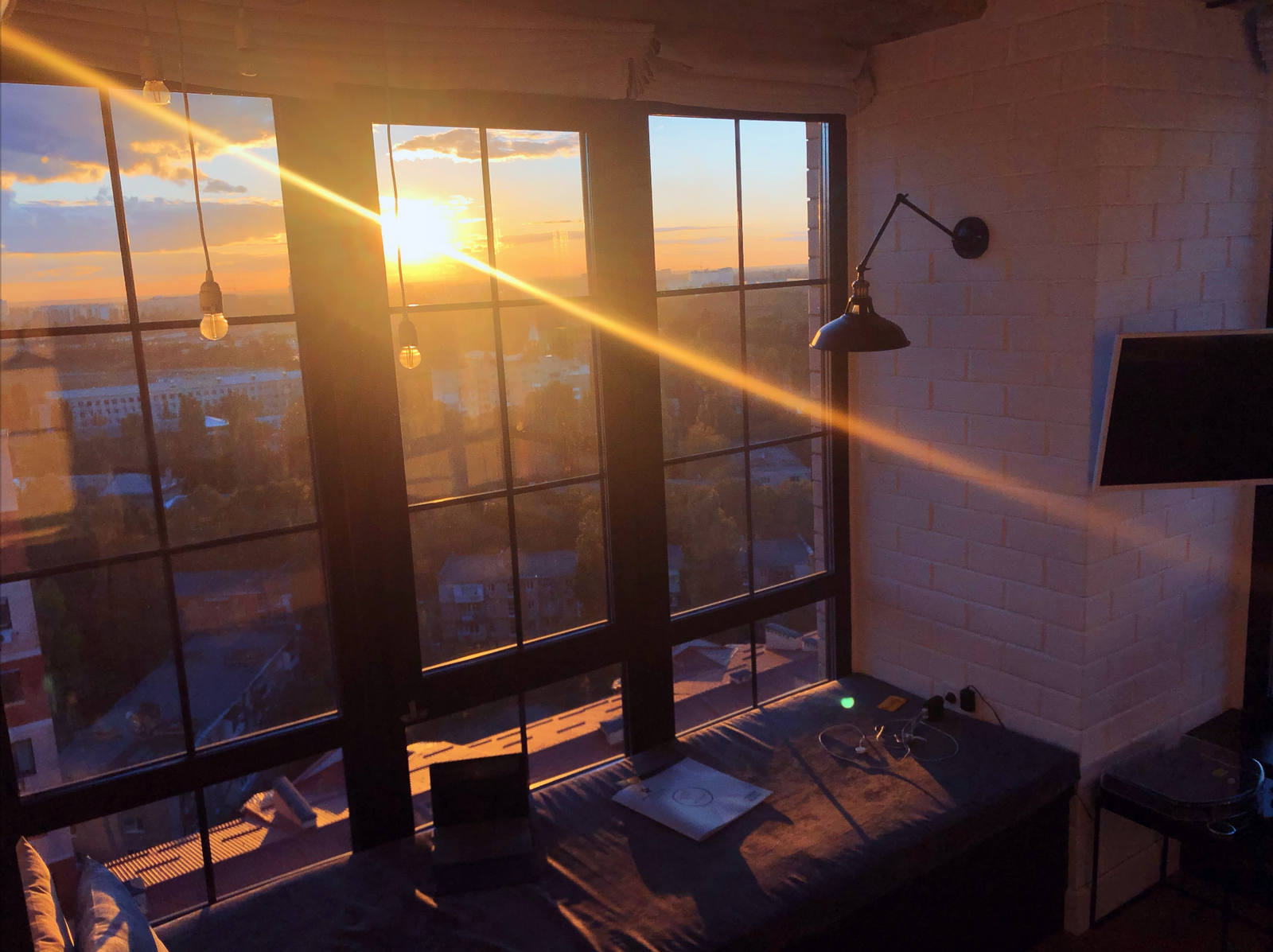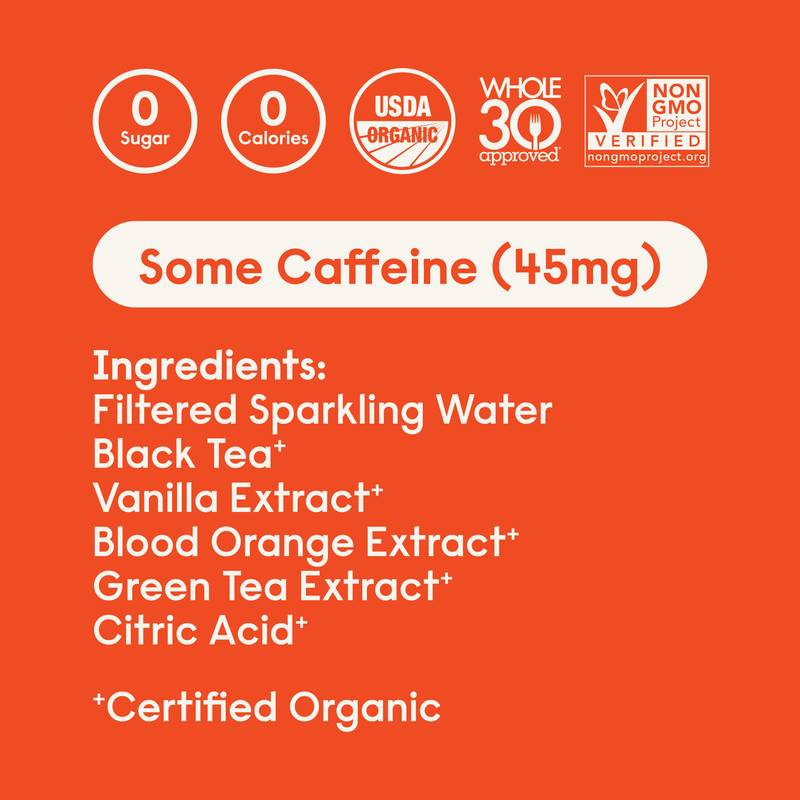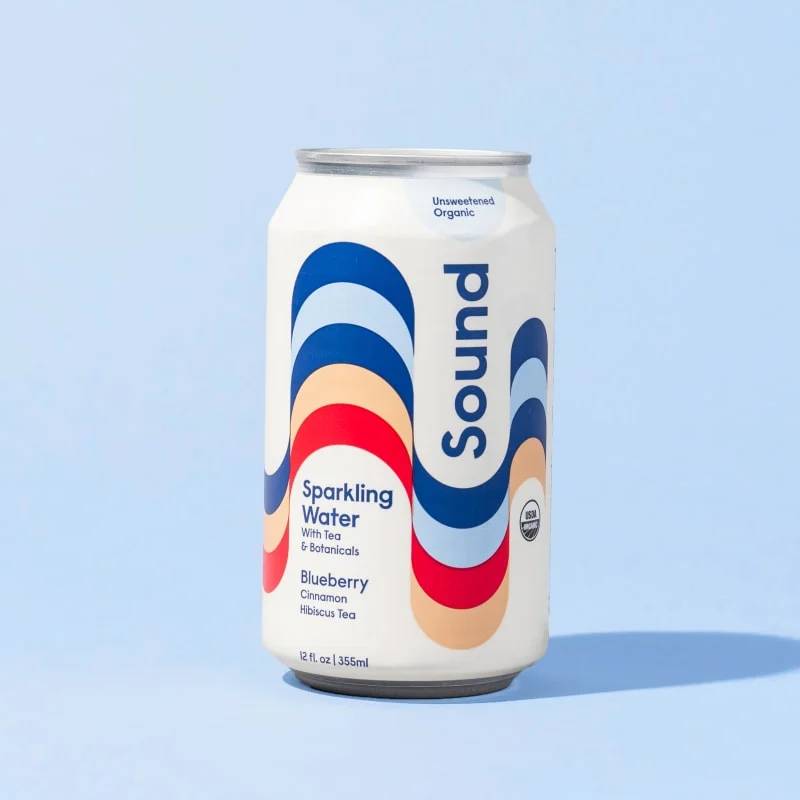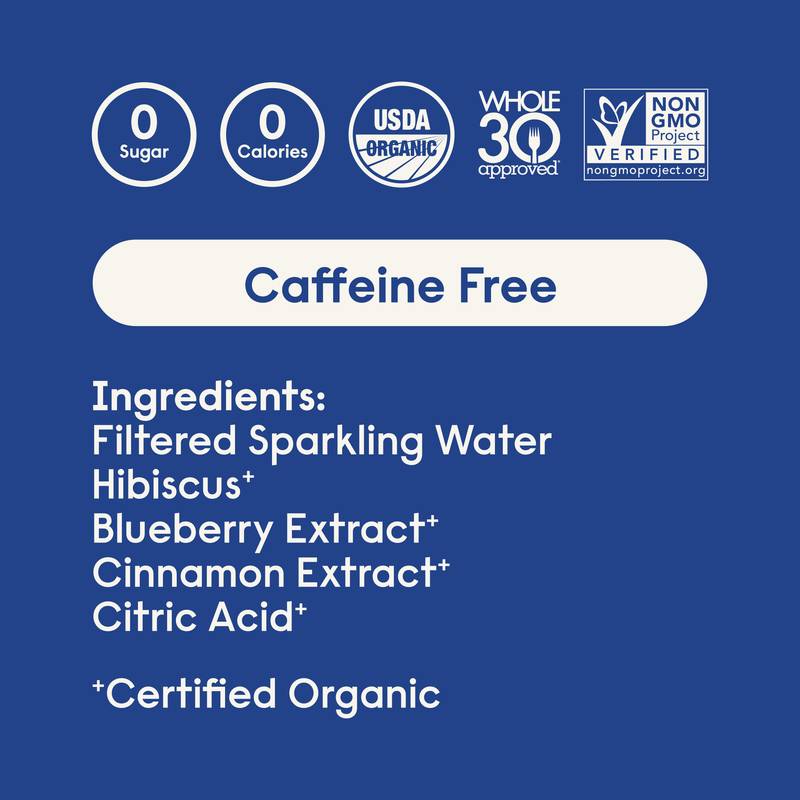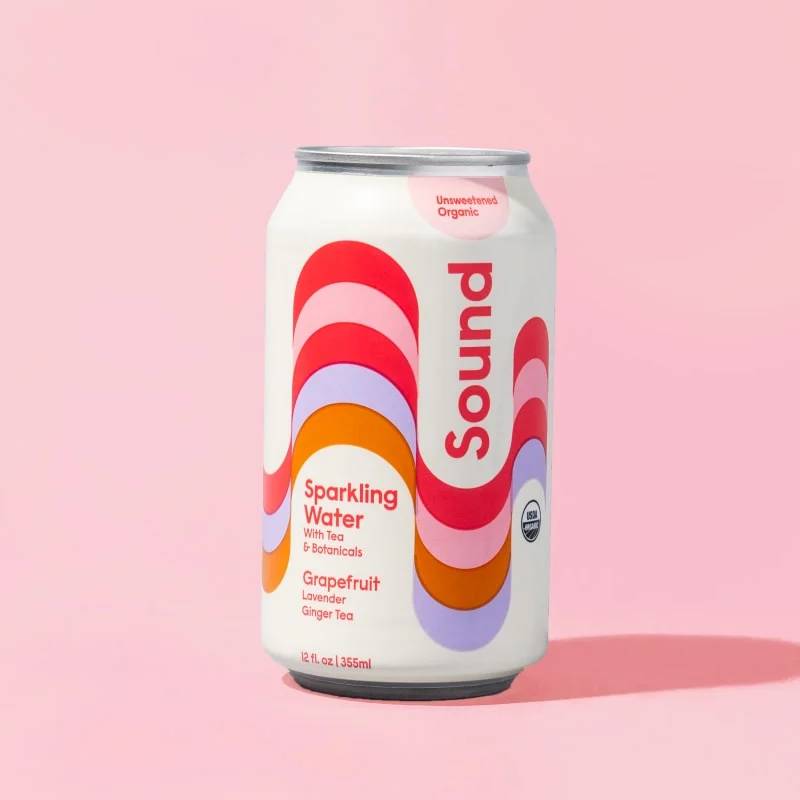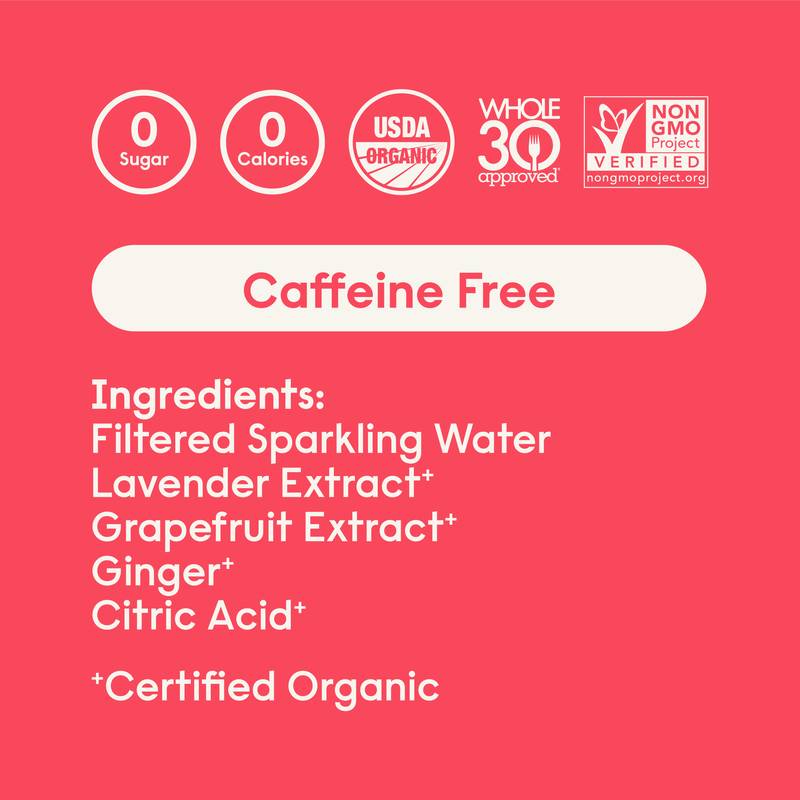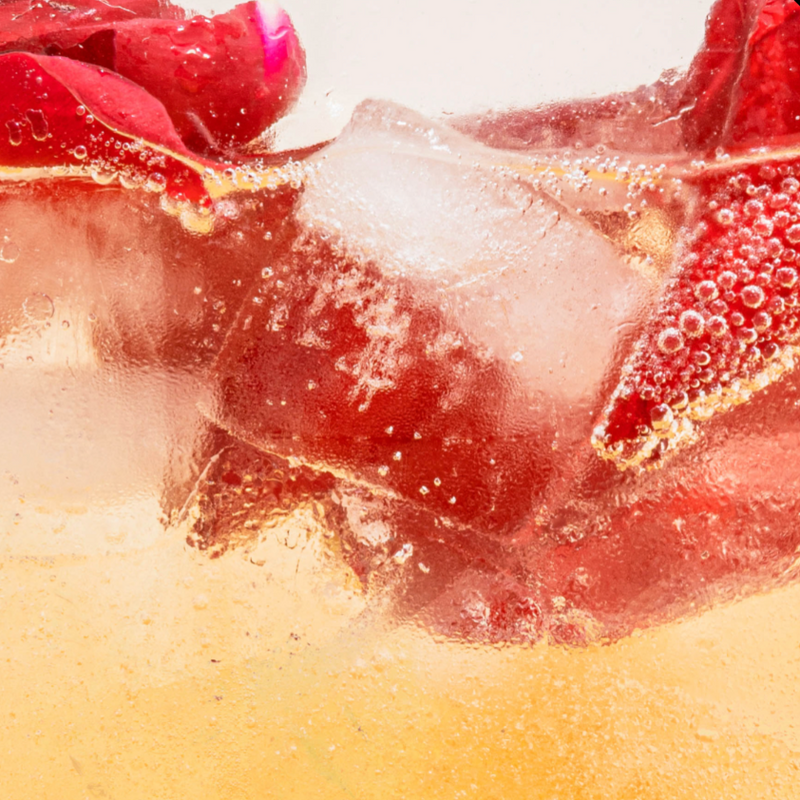It's no secret that January & February can be a tougher emotional time for many. With days dominated by darkness, Seasonal Affective Disorder (SAD)* peaks around this time. Not to mention, the arrival of Omicron has only compounded the effects of SAD this year. Although the sound of this is bleak, there are things that can be done to support your mental health until sunnier days arrive (a sparkling drink or two may not hurt either).
Move your body
Exercise gives you endorphins. And endorphins make you happy, right?! Elle was onto something. Exercise does make you feel good, lifts mood & can even help you feel more confident. Whatever that may look like for you -- yoga, spinning, a walk -- it seems pretty worth it to start penciling movement into your schedule, particularly in the morning if you can. In our humble opinion, Simone de la Rue's positive energy is pretty intoxicating.
Light therapy
Because it’s safe to say that SAD is related to less sunlight in winter, light therapy has been studied & shown to be a great way to feel better. As little as 20 minutes can make a difference. Light therapy in the form of a 10,000 lux light lamp like this one can be super effective. It’s recommended to turn it on in the morning and off when the sun goes down in order to best support melatonin levels.
Meditate
Is there even an example when meditation doesn’t help?! We have yet to find one. And when it comes to SAD, meditation can be helpful because the practice stimulates relaxation and increases serotonin levels, which can improve symptoms of SAD. And it doesn’t require a lot of time. World renowned meditation expert, Jesse Israel, teaches us how to box breathe here.
The prevalence of Seasonal Affective Disorder is about 5%, and another 10-20% experience mild SAD. It’s more frequently experienced by women than men, and more common in northern states as they are typically colder and darker. Symptoms include weight gain, low energy, loss of interest in things that you normally enjoy, feelings of hopelessness, irritability, and difficulty concentrating. Speak to your healthcare provider about tips that may work best for you!
*Did you know that SAD can occur in the winter & fall or the spring & summer? In this piece, we’re focusing on the winter type.
